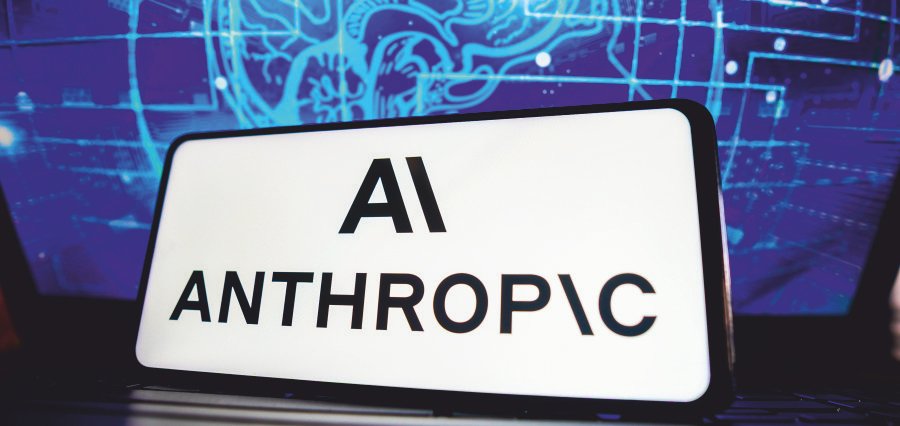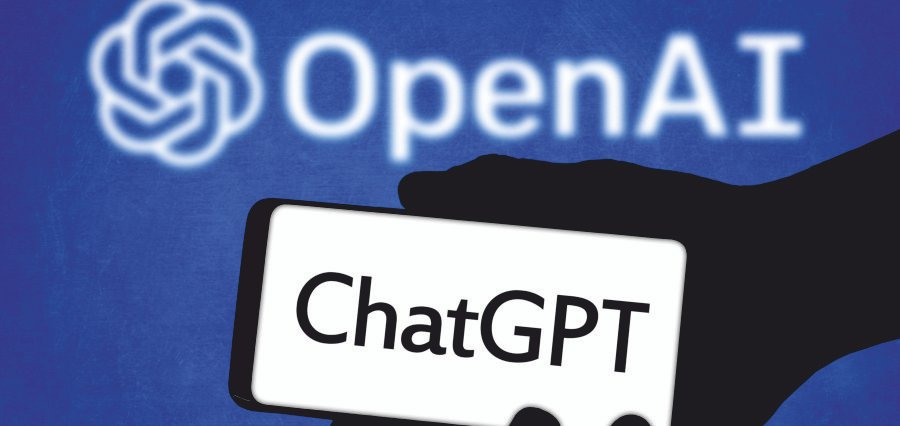Prime Highlights
- Bank of America affirms intentions to introduce a stablecoin when demand and regulatory guidance are in place.
- Applications and issuance of stablecoins are also considered by Morgan Stanley, Citigroup, and JPMorgan.
Key Fact
- Bank of America CEO declares that the bank is “ready to go” but needs just the right time.
- Tokenized deposits and digital currencies are the future of financial services, according to Citigroup and others.
Key Background
US banking titans are making active preparations to introduce stablecoins into broader financial activities, presaging a change in the status quo world of finance’s mindset toward digital assets. Bank of America (BoA) has officially stated plans to launch a dollar-backed stablecoin, yet no concrete release schedule has been determined. CEO Brian Moynihan reconfirmed that although client interest is presently small, the bank is preparing for a release once legal certainty and market preparedness intersect.
This is in addition to increasing momentum for digital currency in the U.S. political arena. The soon-to-be-introduced GENIUS Act, which seeks to have simplified stablecoin regulations for federally insured banks, is attracting bipartisan support. This act would give the regulatory space the major financial institutions require to go ahead with digital currency plans. There is growing backing for the bill, with political figures openly campaigning for crypto innovation, which can potentially result in a boom in bank-backed stablecoins.
Citigroup CEO Jane Fraser also indicated, predicting that the bank is seriously contemplating both tokenized deposits and stablecoin issuance. Fraser continued to explain that these technologies have the potential to truly transform payment efficiency and cross-border transfer. JPMorgan is already at the forefront with JPM Coin and looking into further uses, and Morgan Stanley senior officers stated it is keeping a close eye on stablecoin opportunities that are in clients’ best interests.
Even with such development, prudence prevails. Bank of America emphasized that the digital currency sector needs clean rules so it does not fall into regulatory traps. Overseas also, voices of concern have been heard. For example, the Bank of England cautioned against large-scale private stablecoin issuance, opting instead for tokenized traditional deposits. Such global prudence highlights the necessity for strong legal frameworks prior to wholesale adoption.
As the demand for faster and safer payment instruments increases, stablecoins are taking center stage in banking innovation. The conservative but steady development by U.S. banks is an indicator that stablecoins will soon become transitioned from test protocols to core part of the banking system.
Read Also : Anthropic Unveils Claude AI for Finance as Amazon Eyes Bigger Investment







